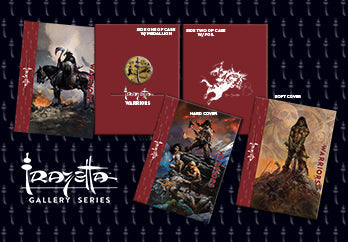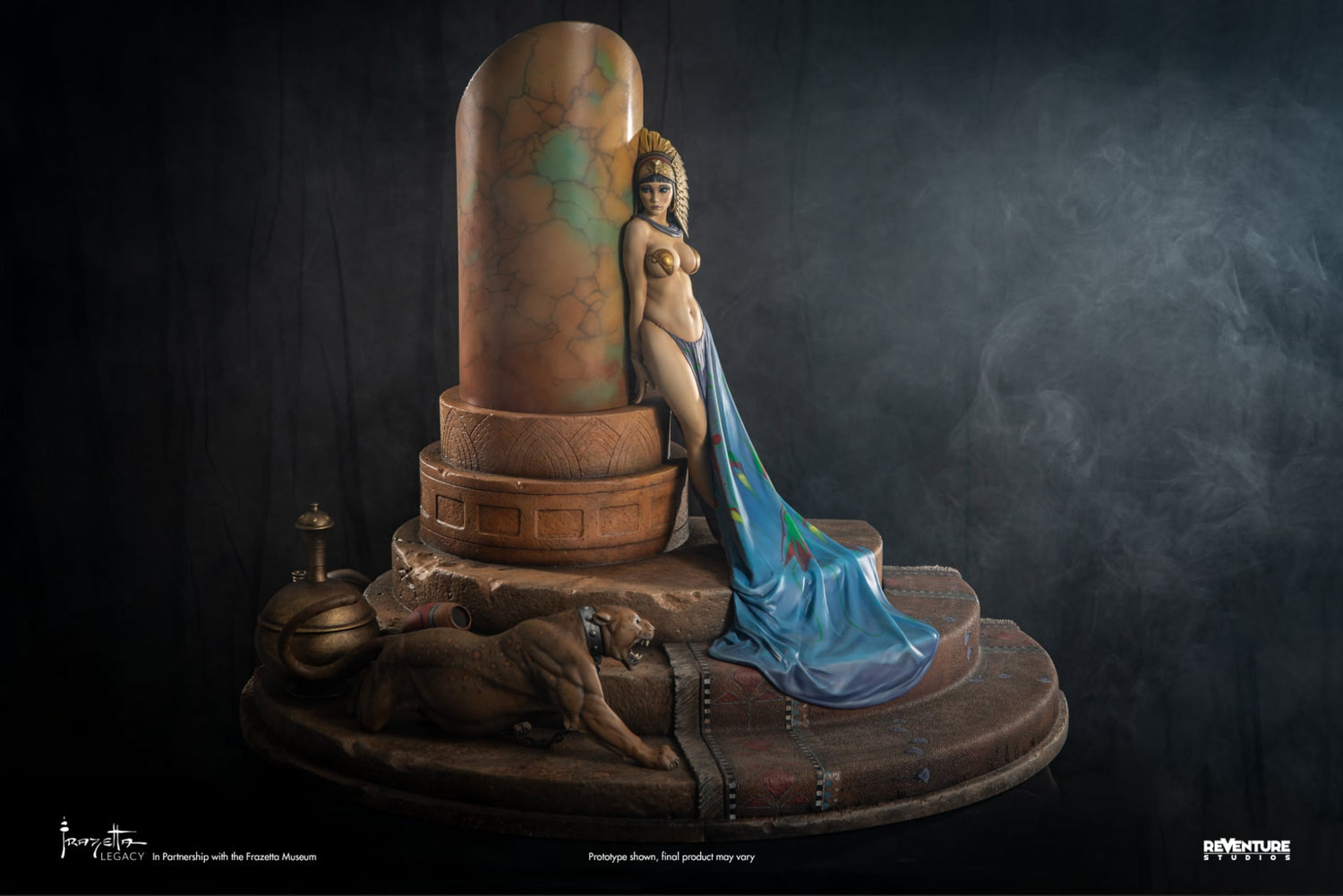Long before he became the defining force in fantasy art, Frank Frazetta was a teenage cartoonist drawing ducks in boxing gloves, streetwise squirrels, and scrappy kids with slingshots. It may come as a surprise to some, but the early chapters of Frazetta’s career were filled not with warriors and monsters, but with mischief, humor, and charm. These works, created when he was still a teenager, not only revealed the prodigious skill that would one day change the visual language of fantasy but also served as his training ground, refining the storytelling instincts and dynamic compositions that would become his trademark.
Born in Brooklyn in 1928, Frazetta was already a standout talent by his early teens. At just sixteen years old, he made his official debut in the comic book world with a story in Tally-Ho Comics (1944) titled “Snowman.” Co-created with artist John Giunta, the tale followed a mythic Arctic protector who rises to defend his people against danger. Though it leaned more toward pulp action than comedy, “Snowman” demonstrated Frazetta’s grasp of drama and movement, setting the stage for what would follow.
In the years that followed, from roughly 1945 to 1950, Frazetta immersed himself in the genre of “funny animal” comics- lighthearted, anthropomorphic stories that were immensely popular in the postwar era. Titles like Coo Coo Comics, Happy Comics, Barnyard Comics, and Supermouse were his regular playgrounds. For most young artists, these jobs might have felt limiting. But Frazetta treated them like a challenge. His characters, often animals with exaggerated expressions and slapstick tendencies, were brought to life with a startling fluidity. Their bodies twisted and tumbled across the page, each panel packed with motion, attitude, and emotion.
Among the standout creations from this period were characters like Hucky Duck, Dodger De Squoil, and Barney Rooster. These were not mere imitations of Disney or Warner Bros.: they had their own Frazetta energy: exaggerated yet grounded, chaotic but never sloppy. Dodger De Squoil, for example, was a sharp-talking squirrel with a Brooklyn accent, clearly similar to the city streets Frazetta knew. Barney Rooster and Hucky Duck bumbled through absurd situations, each framed with the kind of anatomical accuracy and staging that most cartoonists never bothered to attempt. Perhaps most unique was Looie Lazybones, a satirical, hillbilly-style character reminiscent of Li’l Abner, a comic strip that Frazetta would later contribute to directly.
While the tone of these comics was playful, the skill behind them was no joke. Funny animal comics might appear simplistic at first glance, but they demand an artist who can convey clear emotion and movement with minimal lines. Frazetta excelled at this. Every scene he drew felt alive. He understood gesture and posture on an instinctual level. The way a character hunched before running or staggered back from a punch, it all had weight. These years honed his timing, storytelling economy, and control over the figure in motion. And as any artist knows, mastery of the figure is what elevates a cartoonist to something more.
Frazetta’s work in this era didn’t go unnoticed. At one point, he was offered a job by Walt Disney himself- an opportunity that many would leap at. Frazetta turned it down. He wasn’t interested in becoming just another cog in the animation machine. And, of course, nothing could pull him away from the streets where stickball was a daily occurrence. Even then, he understood the value of artistic independence and had bigger things in mind.
Collectors today often overlook these early comics, but that’s beginning to change. For those who study the arc of an artist’s evolution, they’re priceless. These stories that were humorous, scrappy, full of bounce show a young Frazetta already flexing the muscles that would one day give life to Death Dealer and countless other legendary figures. You can see the beginnings of his signature style: the rhythm of his lines, the theatricality of his compositions, the almost instinctive way he balanced exaggeration with anatomical truth.
At the Frazetta Art Museum, we see this period not as a footnote but as a foundation. Before the fantasy, there was the funny, and these comics offer a rare glimpse at how a boy from Brooklyn, pencil in hand, started down the path toward becoming a legend.





